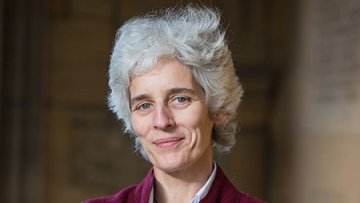12:45
The interplay between global and local anomalies
Abstract
Chiral fermion anomalies in any spacetime dimension are computed by evaluating an eta-invariant on a closed manifold in one higher dimension. The APS index theorem then implies that both local and global gauge anomalies are detected by bordism invariants, each being classified by certain abelian groups that I will identify. Mathematically, these groups are connected via a short exact sequence that splits non-canonically. This enables one to relate global anomalies in one gauge theory to local anomalies in another, by which we revive (from the bordism perspective) an old idea of Elitzur and Nair for deriving global anomalies. As an example, I will show how the SU(2) anomaly in 4d can be derived from a local anomaly by embedding SU(2) in U(2).


